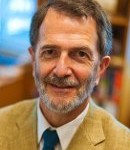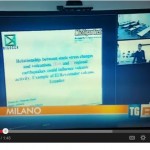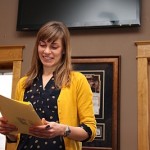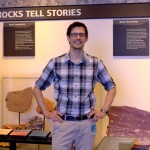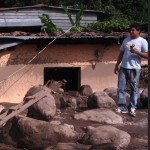 Soil around San Vicente volcano in El Salvador has always been rich, leading farmers to plant coffee, beans and sugar cane on its slopes. In times of heavy rain, the loose soil and volcanic rock on the steep slopes washes down, covering the villages nearby in heavy mud.
Soil around San Vicente volcano in El Salvador has always been rich, leading farmers to plant coffee, beans and sugar cane on its slopes. In times of heavy rain, the loose soil and volcanic rock on the steep slopes washes down, covering the villages nearby in heavy mud.
Find out more about the work of John Gierke and Luke Bowman in the article published in Environmental Monitor
Remote Sensing and Hazard Modeling Workshop Video
Taller de Sensores Remotos y Modelacion de Amenazas en El Salvador
